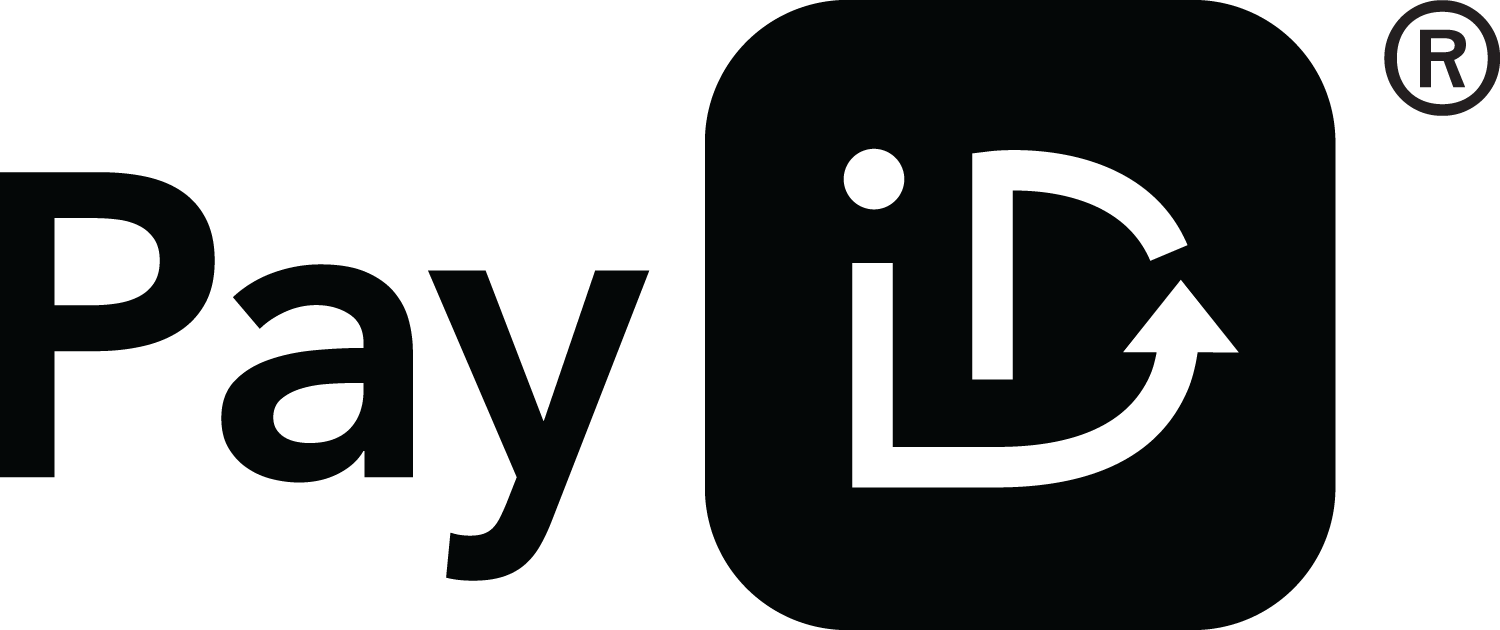GET A FREE CONSULTATION
PayID Scam: A Modern Threat to Online Transactions
The PayID payment system has simplified financial transactions by allowing users to transfer money using a phone number, email, or ABN instead of complex bank details. However, its convenience has made it a target for scammers who exploit users who lack awareness about how the system works. Scammers use deceitful tactics to manipulate individuals into sending money or divulging sensitive information under pretenses.
How PayID Scams Work
Scammers commonly target online marketplaces like Facebook Marketplace, Gumtree, and similar platforms where individuals buy or sell goods. Some of the methods used by scammers are:
Fake Buyers
Scammers pose as potential buyers and quickly respond to listings, often without haggling or viewing the product.
Phony Emails and Upgrades
Once the seller provides their PayID details, the scammer claims there is an issue, such as needing a business account upgrade to receive the payment. Sellers often receive convincing but fake emails or texts from PayID or their bank to pay a fee to complete the transaction.
Reimbursement Tactics
The scammer might claim they have already paid for the upgrade or another fee and ask the seller to reimburse them. In reality, the money never existed, and once the seller sends the funds, the scammer disappears.
Red Flags to Watch For
To avoid falling victim to a PayID scam, it is essential to recognize the warning signs:
Urgent Requests
Scammers rely on urgency to push victims into acting swiftly, bypassing any opportunity for verification.
Payment Demands
Requests for money to activate or upgrade a PayID account are always fraudulent.
Unusual Buyer Behavior
Genuine buyers typically inspect items or negotiate prices. Scammers avoid these steps and may involve a third party for pickup.
Unsolicited Messages
Official communication regarding PayID or bank issues will never come from the PayID system —only from your bank.
How to Protect Yourself
Educate Yourself About PayID
Familiarize yourself with how PayID works. It is a free service that does not require upgrades, extra fees, or additional actions to receive payments.
Verify Payment Sources
If you receive an email or message claiming to be from PayID or your bank, contact your financial institution directly using official channels.
Stick to Marketplace Platforms
Always communicate directly through the platform hosting the transaction. Scammers often try to shift to private messaging to avoid scrutiny.
Check the Recipient Identity
Before confirming any transaction, double-check the recipient details, such as their name, phone number, or email address.
Steps to Take if You are Scammed
If you suspect you have fallen victim to a PayID scam, act quickly to minimize the damage:
- Immediately Contact Your Bank: Notify your bank about the incident. It’s possible they can reverse the transaction or offer you further support.
- Report the Scam: File a report with fraud prevention organizations, such as Scamwatch in Australia or the FTC in the U.S.
The Bigger Picture
As payment systems evolve, users and service providers work together to improve awareness and prevent fraud. Keeping yourself informed and cautious allows you to navigate online transactions safely and steer clear of scams.
If you’ve fallen victim to a PayID scam, act quickly! Contact your bank immediately, report the incident, and take steps to protect yourself. At CryptoScams.com.au, we’re here to help you recover lost funds and keep you safe from fraud. Schedule a free consultation with our experts today!

